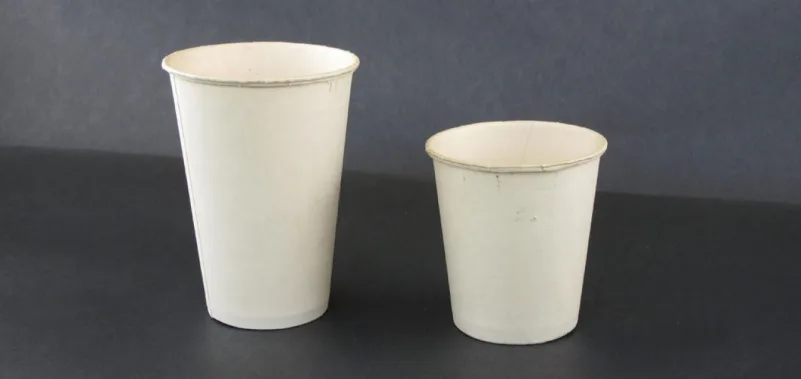During her lifetime, a healthy American woman will use approximately 7,200 tampons or pads, at a cost of around $1,400, to control her menstrual flow. Few people know that, from a historical perspective, these disposable products are something new. Less than 100 years ago, women had to make their own pads from rags and hold them in place with belts and pins. Introduced in the early twentieth century, disposable feminine hygiene products became a marker of modernity. Advertisements convinced women that using disposable pads and tampons offered a more active life with less possibility of embarrassment.
Menstruation has been viewed in many ways — as an illness, a nuisance and a source of embarrassment, yet also an indicator of health and fertility. However it is perceived, menstruation is a reality that women live with for over half of their lives. They invest a significant amount of attention, time and money into controlling their menstrual cycles.
This digital exhibition explores the development and marketing of disposable products intended to help American women manage menstruation. It shows how disposable menstrual products were designed and marketed with convenience, comfort, personal privacy, and hygiene in mind. The timeline also explores how companies worked to change attitudes toward the “trying days of the month” and the impact that disposable feminine hygiene products had on women’s daily lives, both positive and negative. Finally, the exhibition explores the ways that some environmentally conscious women are critiquing disposable pads and tampons and offering reusable products to replace them.
(exhibit curated and designed by Rachel Eskridge and Kara Yenkevich)
